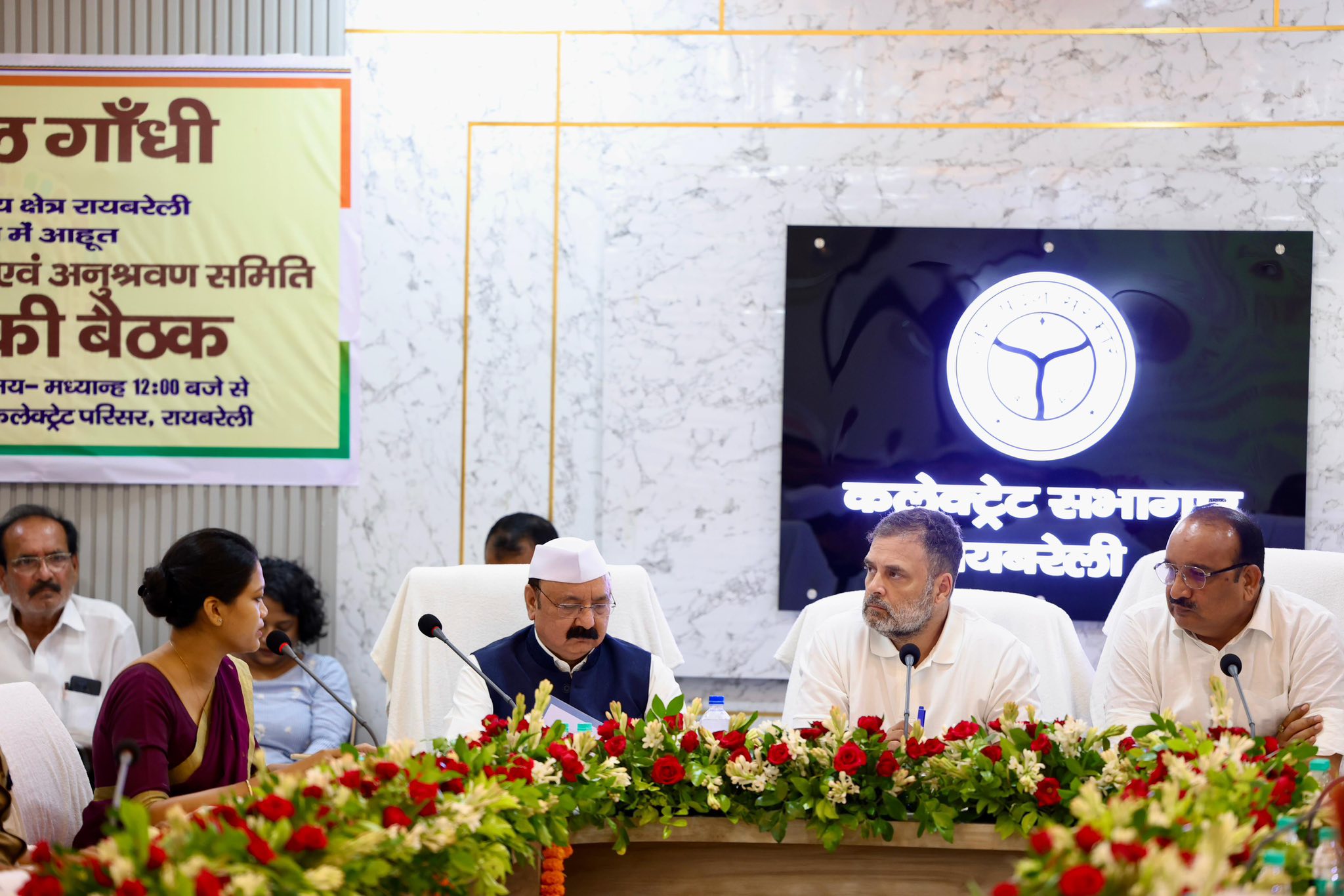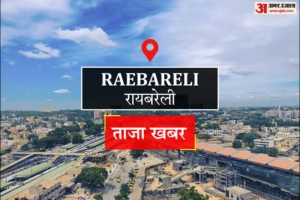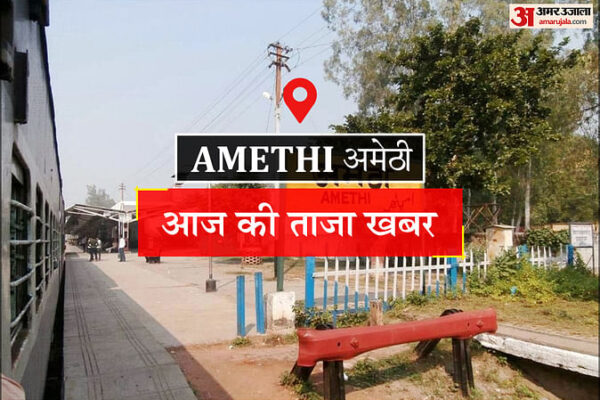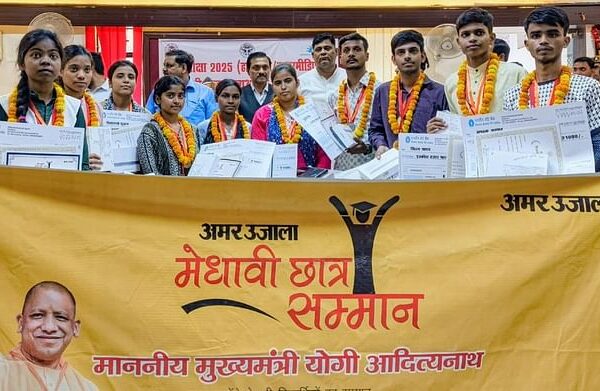When Rahul Gandhi entered the Collectorate Hall in Rae Bareli on a humid September morning, few expected the meeting to stretch beyond routine formalities. But what followed was a 2-hour-17-minute marathon review that turned into a rigorous test for administrative officials and a political statement for the Congress party’s future.
The session was not just about files and figures — it was about accountability, symbolism, and strategy in a constituency that remains both a bastion of loyalty and a laboratory for Rahul Gandhi’s evolving style of politics.
The review covered 38 government departments, ranging from agriculture and rural development to healthcare and welfare schemes. Rahul Gandhi, who won Rae Bareli in the 2024 general election after shifting from Wayanad, came prepared with data, citizen complaints, and ground reports.
One by one, officials were asked to explain the gaps in implementation. The PM-Kisan Nidhi scheme received special scrutiny, with Gandhi questioning why eligible farmers were still waiting for installments despite repeated assurances from the state. “If the money is meant for the farmer, then the farmer must receive it — not excuses,” he reportedly told the officers.
Healthcare was another flashpoint. The deteriorating condition of the Rae Bareli district hospital became a symbol of official apathy. Gandhi demanded clear timelines for upgrading facilities, warning that poor delivery in healthcare “directly erodes people’s faith in governance.”
Accompanying Rahul Gandhi was Kishori Lal Sharma, the Congress MP from Amethi. Sharma gave what insiders described as a “sharp class” to several officers, underscoring that constituency work is no longer to be treated as a ceremonial exercise. His intervention added weight to Gandhi’s message: Congress intends to stay grounded and vigilant in Uttar Pradesh.
Even in the midst of tough questioning, Rahul Gandhi sought to lighten the atmosphere. Over a round of tea, he cracked a mild joke that drew laughter from the room. The moment revealed a familiar aspect of his persona — combining intensity with accessibility. It was a reminder that his political strategy is as much about connecting personally as it is about demanding institutional performance.
Political observers note that Gandhi’s Rae Bareli visit was not an isolated constituency exercise but part of a larger national narrative. By coupling such rhetoric with tangible governance reviews, Gandhi is trying to blend agitation politics with developmental politics.
Gandhi sought to send a clear message: Rae Bareli will remain a priority, and accountability will no longer be negotiable.






